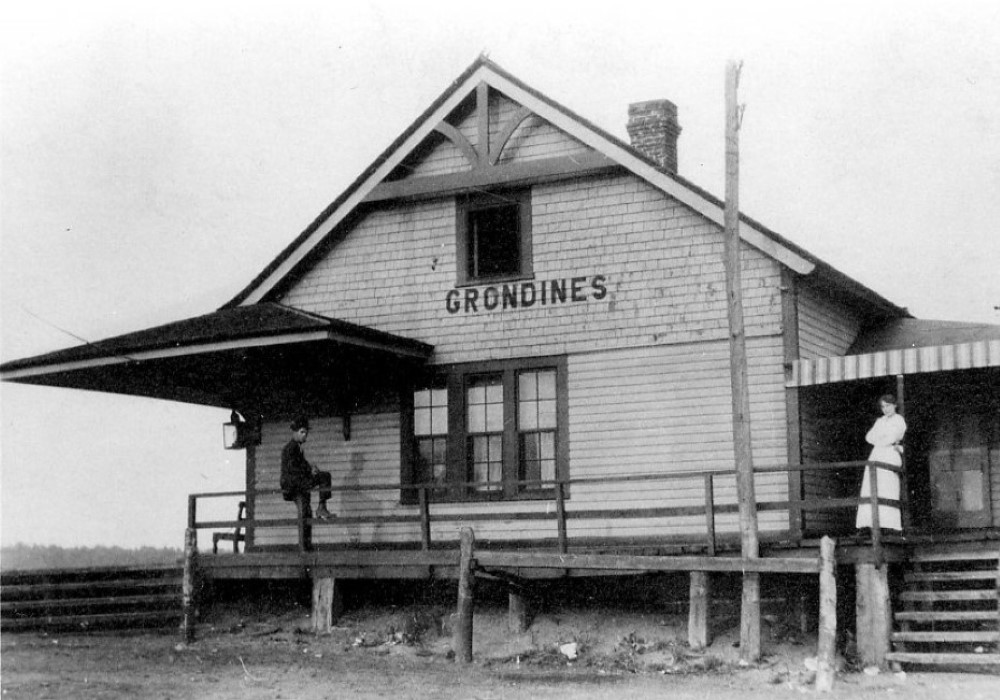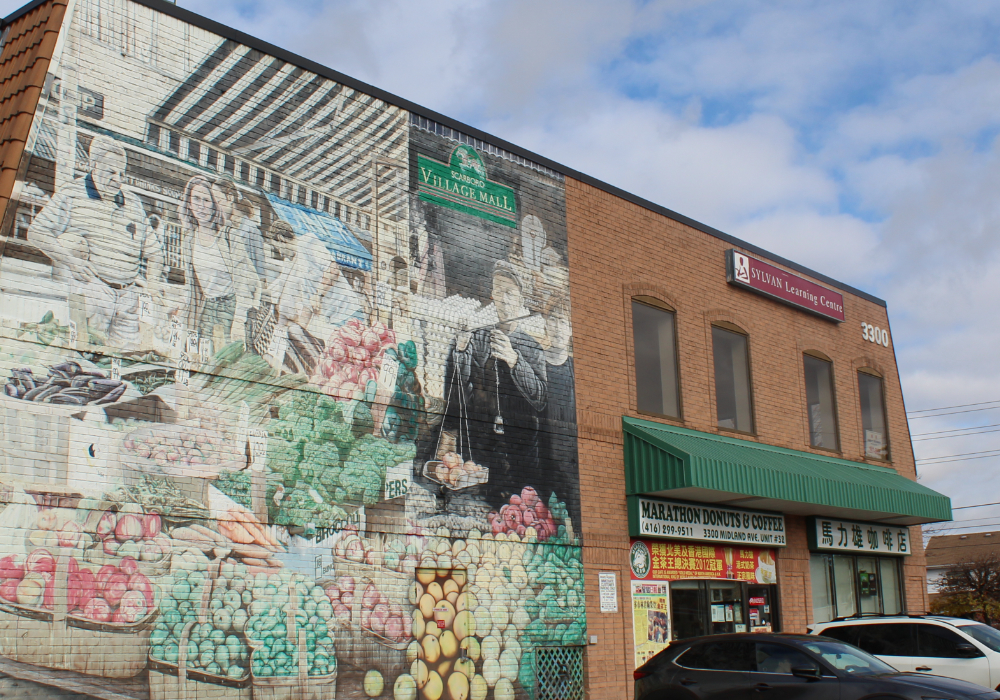Port Moody boomed when the Canadian Pacific Railway (CPR) rumbled west in the late 1800s. The town in the Fraser Valley area of British Columbia was to be the site of the CPR terminus and the new railway promised a rosy future for every trade. Lumber in particular was in demand for wharves, round houses, bunkhouses, storehouses as well as millions of railway ties, bridges, and trestles and prospects for the area seemed endless. Then CPR announced that Port Moody would not be the railway.s terminus station and extended the line further west to Vancouver. Many CPR employees and their families left Port Moody for the new western terminus, many businesses shut down and the city.s economy was hurting.
Port Moody.s lumber industry was saved when several new sawmills and shingle mills began operating near Burrard Inlet, providing hundreds of jobs and attracting new residents to the area. In fact, Perry Roe, Port Moody.s first mayor, was so enthralled with what he heard about British Columbia that he immediately moved from the United States to become an important figure in the local lumber industry.
Port Moody thrived with new jobs and new immigrants, but economic boom and bust cycles made the success of the lumber industry hard to predict over the years. Lumbering life was rough. Fires were common, causing many mills to shut down temporarily. Some never reopened, leaving people out of work. Larger economic factors imposed periods of hardship, such as the frail international markets and the end to railway construction in the coastal region in 1884. The lumber industry flourished, however, in an economic boom just before the First World War that created a world-wide demand for lumber. A second boom in the 1920.s came with a turbulent time of Union movement and ended with the Depression. Some mills managed to keep some residents employed but many mills did not survive. In recent times the forest industry has cycled from boom to bust with economic fluctuations influenced by the energy crisis, environmental concerns, softwood lumber trade, computerization and global warming.
Still, it.s difficult to imagine Port Moody without its history as a lumber town. This exhibit looks at the important lumber pioneers, the three largest Port Moody mills, the tools the industry used and the various ethnic minorities who played important roles in daily mill operations.


